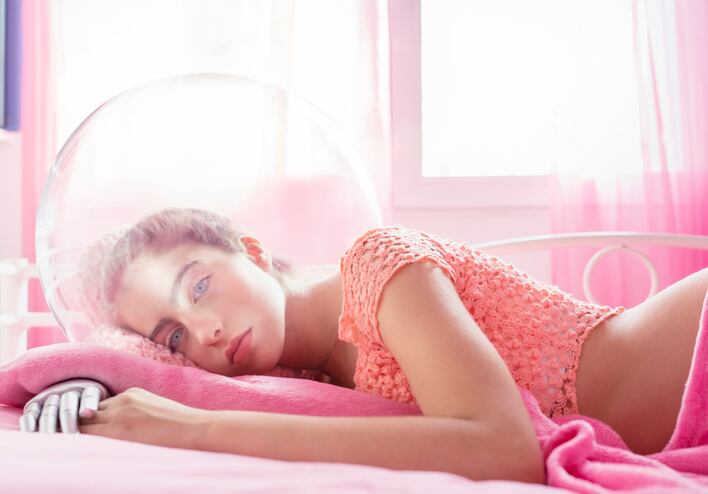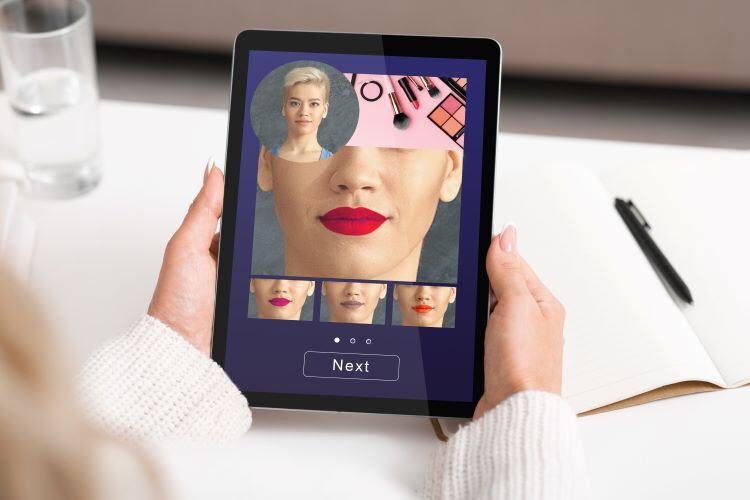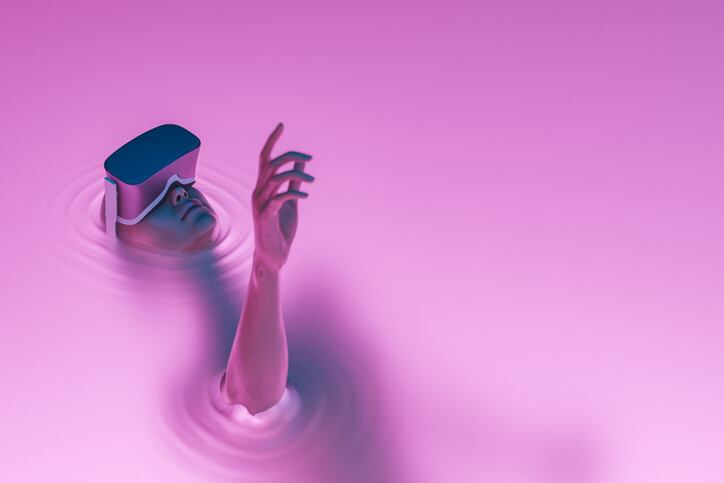Influence had long played a role in the beauty space, with online influencers used to plug products, routines and lifestyles to the masses. But in recent times, particularly post-pandemic, beauty consumers were increasingly turning to online peers instead for advice as trust in the bigger personalities waned.
And this, according to Joe McDonnell, head of insight at trend forecaster WGSN, had created an “influencer evolution, or influencer revolution depending on where you stand”.
Addressing attendees at this year’s Cannes Lions International Festival of Creativity via a digital webinar in June, McDonnell said: “I want to talk about virtual influencers and give you an overview of the landscape, and also just get you really excited about this super innovative space.”
From ‘static’ to ‘dynamic’ influencer models
Looking back at traditional beauty social media activity, he said many consumers now considered these posts “repetitive” and of “low quality”. And he said the infamous Fire Festival “disaster” had created the “perfect storm” for widespread mistrust in the influencer industry.
“What we’re seeing is this evolution of influence as a result. We’re moving from a static influencer model to something much, much more dynamic. And Gen Z are leading this charge,” McDonnell said.
This year, for example, there had seen a sharp rise in ‘Depop influencers’ and use of the peer-to-peer social e-commerce platform, along with wider use of French photo-based social media app BeReal that encouraged users to take a simultaneous front and back camera picture once a day. There had also been a huge pivot towards TikTok – a platform entirely free from followers, instead offering video content based on algorithms.
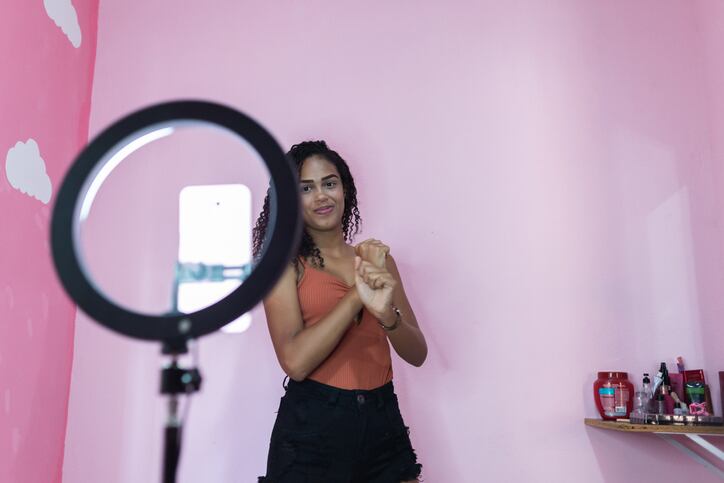
Most importantly within all of this, he said, was the shift away from influencers to creators. “Influencers are about audience and brand deals, whereas creators are about the content and their fans, and crucially, often their fans are willing to pay for access to extra content. Creators have engagement, influencers have followers.”
Creators and creations – the ‘big change’
According to McDonnell: “This is the big change in the creator economy; it’s given birth to a plethora of virtual influencers, created by individuals, corporations and businesses that position themselves as the antidote to over-saturation and, ironically, a lot of the ‘fakeness’ in the industry.”
Miquela Sousa, also known as ‘Lil Miquela’ was one such example – a computer-generated imagery (CGI) American character created by transmedia studio Brud that had modelled for Prada, been to Coachella and worked with endless other brands, boasting more than three-million followers on Instagram alone.
“She is massive, but she’s also virtual. She’s a creator, but she’s also a creation,” McDonnell said. “And virtual influencers sit in this space; the space of synthetic media.”
And virtual influencers were not a homogenous group, he said, with great variety already seen in the space, from digital twins to sci-fi characters and meta-human models.
So, should brands, including beauty brands, be interested in creating and working with virtual influencers? A look at what consumers think would suggest yes, the insight expert said.
Consumers curiosity – there’s a ‘novelty factor’
“We do a lot of work with consumers, and one of the things we’re seeing is they’re not distinguishing between real and virtual anymore. They view e-commerce as an extension of the shop; Netflix as an extension of the movie theatre; and social media an extension of their peer group. And linked to that, the power of synthetic media is growing,” McDonnell said.
Consumers were curious about virtual influencers, he said, because there was a “novelty factor” and they were “holistic”.
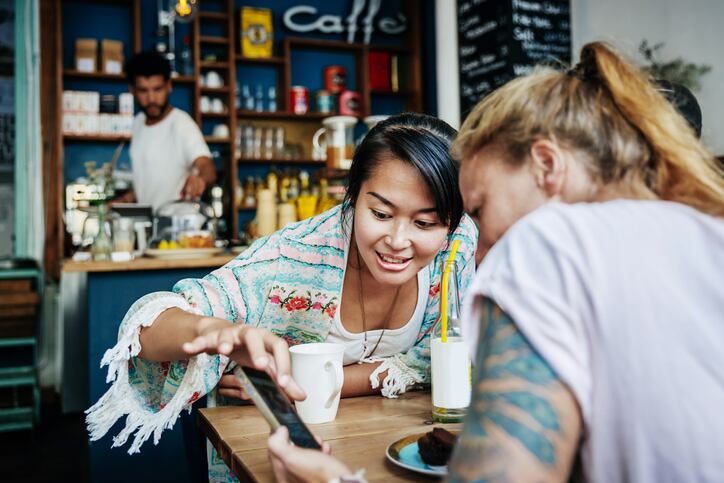
“The virtual influencer space represents a fusion of multiple industries: you have gaming, you have visual effects, you need a writer, there’s also a legal element.”
But McDonnell said for a virtual influencer to connect with consumers, there also had to be an “underlying narrative – something consumers can buy into”.
Aesthetics was also critical, he said, because it had to align with the brand to engage with consumers, and this had to be decided early on – whether it would be manga-inspired or hyper-realistic, for example.
‘L’Oréal is going big on this approach’
“Really quite quickly, working with a virtual influencer can turn into a pretty robust media plan,” McDonnell said.
L’Oréal, for example, had a virtual idol in China named Mr. Ou – an anime-style character that worked in the beauty industry and cared about the environment who was leading the company’s channels in China, interacting with consumers and even interviewing other key opinion leaders, he said.
“And L’Oréal is going big on this approach,” he added. The beauty major’s tie-up with Prada on fragrances saw virtual model ‘Candy’ used instead of the traditional celebrity or influencer for the re-launch of its fragrances, he said.
But McDonnell said brands had to be aware there were, and would be, problems attached to working with virtual influencers, much like when working with human influencers, albeit different.
Addressing ‘cyber sickness’ and diversity
The ethics of the technology were at times being called into question, he said, and cyber sickness and the impact technology was having on people’s brains was also a fresh focus, notably AI-face. Because younger people were spending more and more time online, gaming and interacting with avatars, they were increasingly exposed to very “homogenous features” and “idealised forms of beauty”, he said, and this was creating an impact in the real world, with increases in plastic surgery to achieve that ‘avatar face’.
Another “massive issue” in the virtual influencer world, he said, was diversity and ensuring the virtual influencer was relevant and representative.
“An influencer is for life, not just a campaign. So, think beyond the campaign. Are you going to maintain this character? And are you going to evolve this character?”
Looking ahead, McDonnell said it was critical brands carefully considered how wider digital business and online presence aligned with all of these issues, including when working with virtual influencers.
Beauty 4.0 - Tech, Tools & Future Trends
Interested in learning more about the potential in beauty tech? Join our free online webinar Beauty 4.0 - Tech, Tools & Future Trends next month where we will hear from experts in the field, including Shiseido, Sephora, Orveon and The Virtual Events Group.
Register now to join this exclusive, not-to-miss event!

